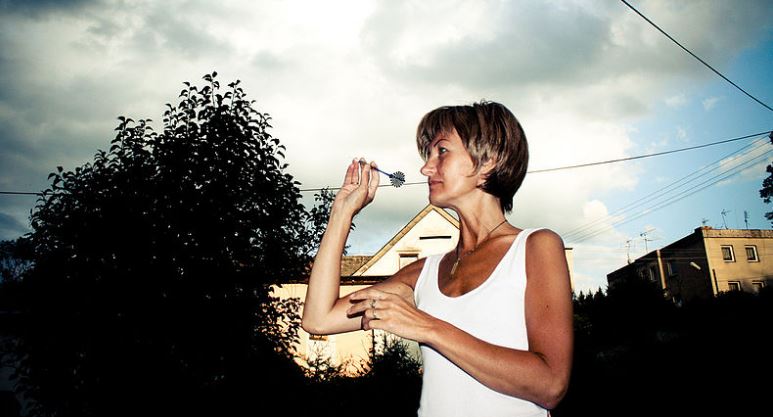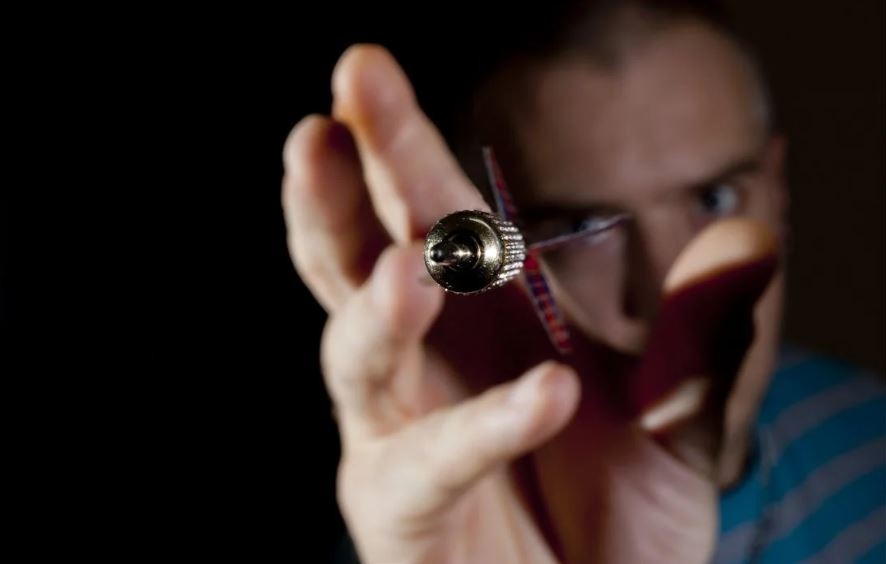An electronic dartboard is an excellent way to introduce the game of darts to a wider audience. The best electronic dartboards are suitable for family darting and are suitable for children. These boards are also an excellent choice for serious darts players. This game also known as dart-throwing is a competitive sport that can be played by two or more players. Competitive players throw small sharp-pointed projectiles known as darts at a round target known as a dartboard using only their hands. Darts players are sometimes referred to as “dartists.” In 1896, a carpenter from Lancashire named Brian Gamlin invented modern darts. However, history goes much further back. Darts originated in England during the medieval era in the first couple of decades of the fourteenth century as a military pastime.
Darts can be played by anyone; it is simple to set up, simple to learn, has a low barrier to entry, and are entertaining to watch, all of which contribute to their popularity. As a result, darts are now played professionally in arenas packed with thousands of spectators, with hundreds of thousands more watching on live television from home.
However, when playing electronic darts outside, you must consider where you will place your dartboard to have a positive playing experience. And, of course, make sure to use the best electronic dart board.
Here are some fine suggestions:
Table of Contents
1. Find a Suitable Location
Many darts fans all over the world, particularly in the United States and Canada, enjoy playing the game outside. It doesn’t take much to get started if the conditions are favorable by examining the area where you intend to install your dartboard. Unfortunately, most dartboards are not waterproof, so if you intend to hang your board outside without shelter, you should consider applying a waterproof spray coating to them. However, the best way to keep a board in good condition is to keep it out of direct sunlight and rain. Locate an open area or your backyard.
2. A Shed / Garage
A shed or garage is also an ideal location for a dartboard. Installing a dartboard in a shed provides a safe place to play without risking damage to your floor or surroundings and protects the surface against which you are playing regardless of location it is a good idea to use a backboard for any darts that may stray past the board. There is also the consideration to device the most stable portable dartboard stands which will help you experience a positive playing experience.
A more rustic option would be to simply hang your dartboard from a tree. This does not always have to cause damage to the tree, as French cleats can be used to minimize damage. Overall, it is best to use a bristle dartboard outside to get the most out of the board. Due to their brittleness when exposed to the elements, electronic dartboards are not a good choice. However, it is possible to play with a digital board outside in some circumstances, such as in a shed or undercover.
3. Safety First
When playing outside, you may not have the benefit of a large wall behind the board to deflect stray darts. If this is the case, make certain that you place the board in a location that does not endanger children or bystanders. This is less of an issue if you’re mounting to a barn wall or other siding where there is no space for passers-by. When introducing this game at a party, it is common that players may have a hint of some alcoholic beverages hence you should always make sure that the dart throwing area is clearly marked and that no one is standing or sitting in the vicinity of your games. Safety is your utmost concern.
4. Do not Leave Your Dartboards Outside
Leaving your dartboard outside poses several negative results. It can possibly render the material unusable. Similarly, leaving your dartboards in an exposed yard or court for an extended period will undoubtedly wear down the material faster. Apart from that, its colors and markings will fade over time, and its material will dry out, making it difficult for players to pin the dart on its surface. Although playing darts outside for an extended period is possible and safe, it is highly dependent on the weather in your area.
5. Soft Tip Board Dimensions
Electronic boards are frequently the same height and dimensions as steel tip dartboards. 8 feet separates the back of the throw line from the front of the dashboard. Despite owning a soft tip dartboard, many people prefer to use steel tip dartboard measurements. These measurements aren’t necessarily set in stone, so you can measure however you want. If you’re used to playing darts on an electric board, switching to a bristle board may take some getting used to, you may go over some guide to finding the best dart board for your game room that will suit your preference. Because soft tip darts are lighter than steel tip darts, your first few throws will most likely be affected.
6. Outdoor Dartboard Mounting
According to the rules, the center of the bullseye must be exactly 5 feet 8 inches high from the floor. Quality boards should be hung in the center, while others should be hung at the top. If you have a top-hung board, measure the distance from the hanger to the center of the bullseye and multiply it by 5 feet 8 inches to get the correct height at which to hang your dartboard.
If your dartboard is already protected by a cabinet or mount, add 5 feet 8 inches to the measurement from the center of the bullseye to your highest mounting point. Place your board in the center of the cabinet or mount. Place the backing board disc in the back center of the board, facing the counter sink. Screw the center hole in first, than any other guide holes. Most dart boards will have three additional holes to secure the board in place. Remember to position the wall bracket so that the center of the bullseye is 5 feet 8 inches above the ground. The opening to the top of the U-shaped recess on the wall bracket should face you. Screw once the center mark aligns with the wall bracket’s center hole. This will be removed later because it is only used to keep the other brackets level. Use a level and four C screws to level the bracket, then remove the center screw once all brackets are level. As you place the dartboard into the wall bracket, keep the 20-scoring area vertical. Check that the disc is securely attached.
After the brackets have been installed, align the board, and slide it into the wall brackets. Make the throw line (also known as the oche, toe-line, or hockey) 3 feet wide and 7 feet 9.25 inches from the face of standard steel tipped set-up or 8 feet from a soft tipped board.



